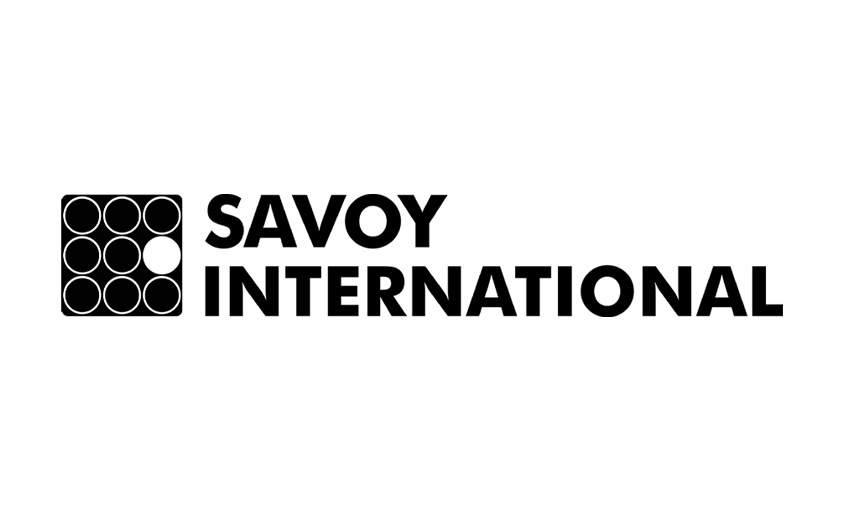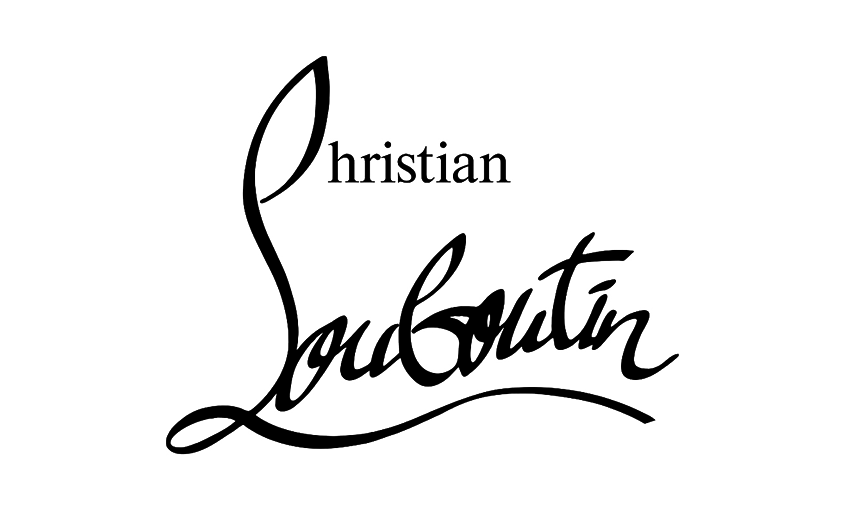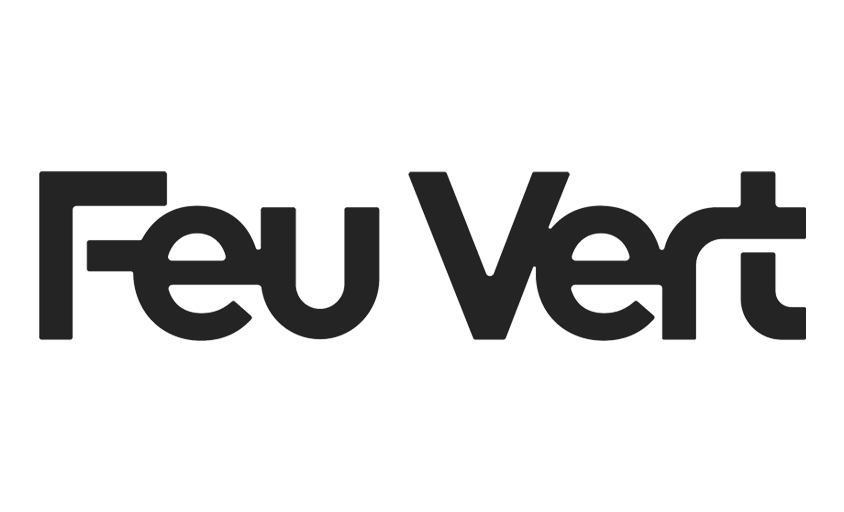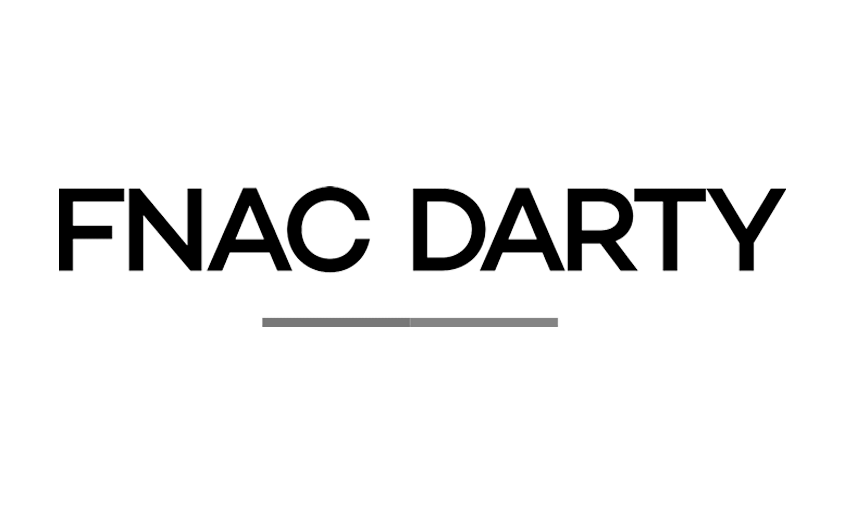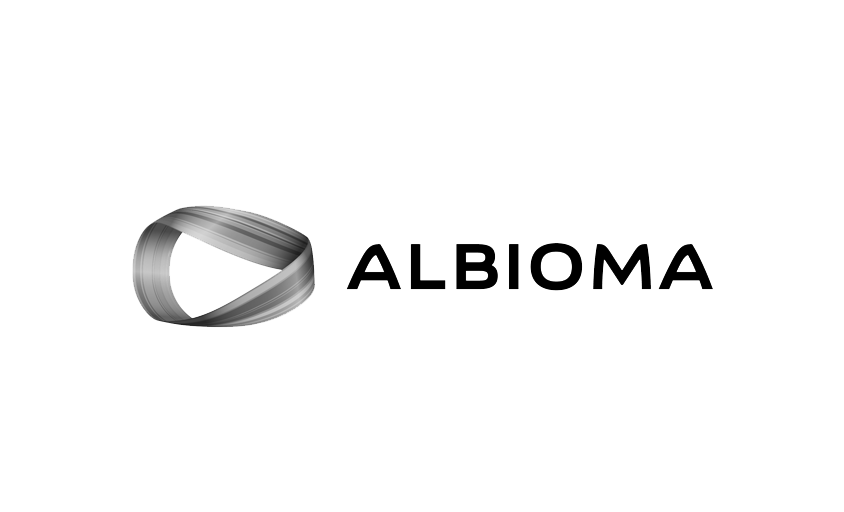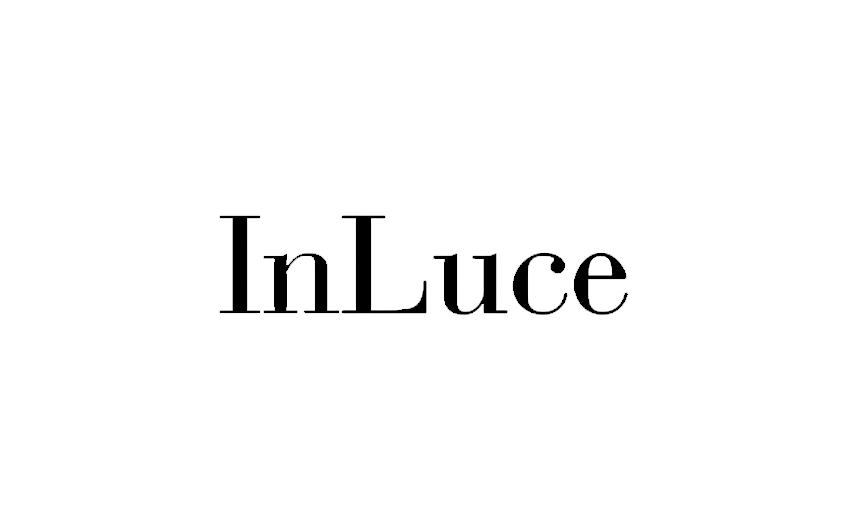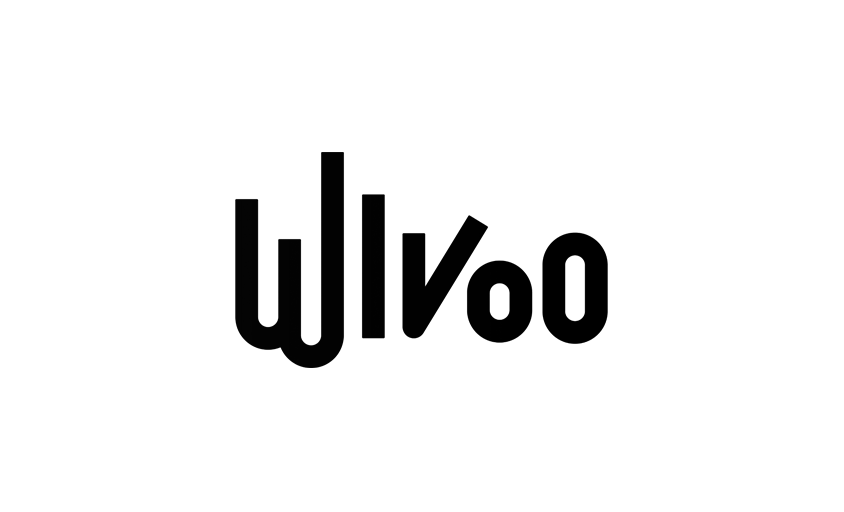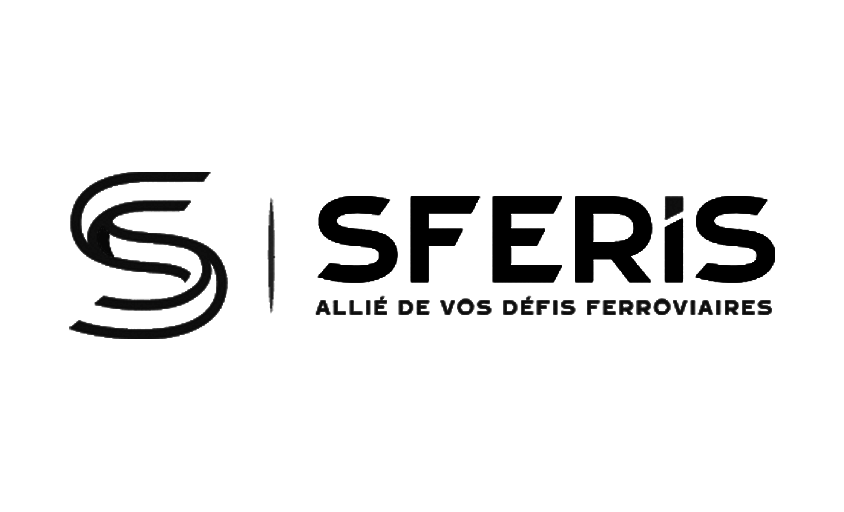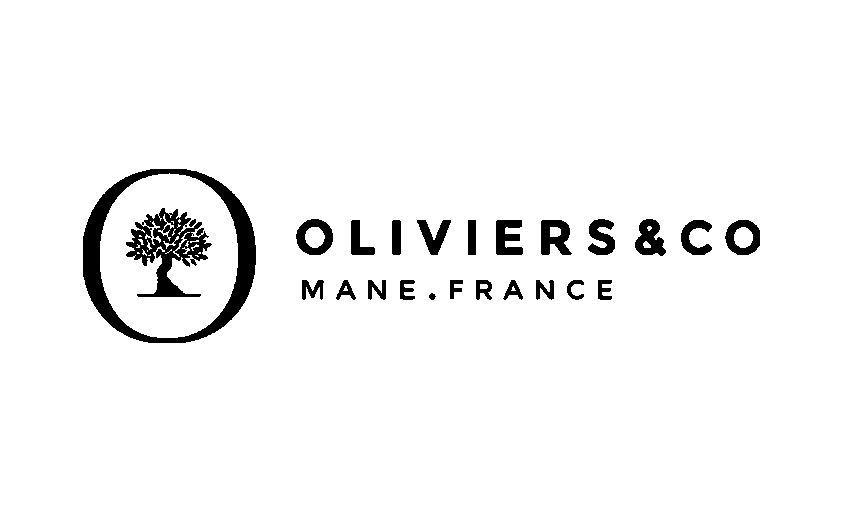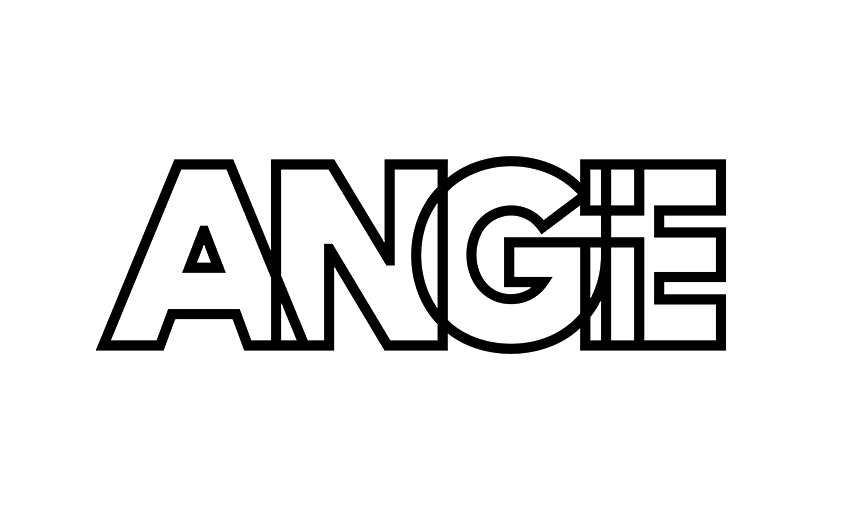Copyright and Music: Protection and Challenges
In this article :
Music is one of the fields most exposed to copyright issues. Unauthorized covers, sampling, streaming, digital copies, each technological innovation challenges the protection of artists. For musicians, producers, and legal experts, understanding how copyright works has become essential to ensure both fair compensation and artistic recognition.
This article provides an overview of the main challenges: the legal framework, the rights granted to creators, landmark disputes, remuneration mechanisms, and future developments.
The Legal Framework of Music
Copyright in music is based on a fundamental principle: any original musical work is automatically protected from the moment it is created.
In France and Europe, this framework is defined by the Code de la Propriété Intellectuelle and international conventions such as the Berne Convention. In the United States, the Copyright Act applies. Despite differences, the logic is the same: the author has exclusive rights over the exploitation of their work.
Collective management organizations (such as SACEM in France, GEMA in Germany, or ASCAP/BMI in the U.S.) play a central role. They handle the collection and redistribution of royalties linked to the broadcasting and use of music.
Types of Rights in Music
Musical copyright is made up of several layers that must be clearly distinguished:
- Moral rights: guarantee authorship and respect for the integrity of the work. These are perpetual, inalienable, and non-transferable.
- Economic rights: allow the author (or their heirs) to authorize or prohibit the use of the work and receive compensation.
- Neighboring rights: protect performers, producers of sound recordings, and broadcasting organizations. A musician performing a piece may not be the author, but still benefits from neighboring rights.
This distinction is crucial in the industry, where a single track can involve multiple rights holders (composer, lyricist, performer, producer).
Famous Copyright Disputes in Music
The history of music is filled with high-profile lawsuits highlighting the complexity of copyright:
- Marvin Gaye vs. Robin Thicke & Pharrell Williams (2015): Blurred Lines was deemed too similar to Got to Give It Up. Damages: $7.4 million.
- Led Zeppelin – Stairway to Heaven: accused of plagiarizing Spirit’s intro. After years of litigation, U.S. courts sided with Led Zeppelin.
- Daft Punk and sampling: their use of samples in Discovery sparked debate over the boundary between inspiration, citation, and infringement.
These cases show that plagiarism is not always easy to prove—similarity can stem from coincidence, style, or deliberate reuse.
Artist Remuneration: A Core Challenge
Digitization has profoundly changed how artists are paid:
- Physical sales: in the CD era, artists earned a higher share per sale.
- Digital downloads: platforms like iTunes introduced new revenue-sharing models.
- Streaming: Spotify, Deezer, Apple Music, and YouTube dominate today. Their model is based on micro-payments per stream—often just fractions of a cent.
- Concerts and merchandising: for many artists, these alternative revenues are now essential to offset declining royalties.
Fair compensation remains a major debate. Negotiations between platforms and rights holders are ongoing, and some countries already enforce stricter regulations.
Modernizing the Legal Framework
Music copyright is constantly adapting to technological changes:
- EU Copyright Directive (2019): obliges platforms to better remunerate creators and filter copyrighted content.
- Blockchain and NFTs: some startups aim to track ownership of tracks and guarantee direct payments to artists.
- Artificial Intelligence: with AI-generated music, new questions emerge: who is the author? how do we protect works created by algorithms?
These shifts point toward a copyright system that is more technological, global, and complex.
Conclusion
Music is a constant testing ground for copyright law. Between protecting creators, handling neighboring rights, and navigating digital disruption, the challenges are immense.
For musicians and producers, understanding legal basics is key to defending their interests. For lawyers, this is an ever-evolving field, shaped by case law and technological innovation.
At Rétines, we collaborate daily with artists and creators to enhance their visual and musical projects.
Looking to document, promote, or protect your work with professional visuals? Discover our photography services.
Jérémy Carlo is the editorial director at Rétines, where he ensures the consistency and clarity of all content produced by the studio.
Our Clients
Let’s discuss
What we do for you at Rétines
Meticulous work, an organised project and fast delivery. And to achieve this, we mobilise the right resources in our teams at the right time.
01
Pre-production
Artistic and technical direction tailored to the project.
Relevant recommendations on content, form and resources.
02
Photo Shooting
Photos taken by our experienced photographers.
Production that’s controlled, efficient and tailored to the needs of the project, with nothing superfluous.
03
Retouching
Technique
Photographs magnified by our retouching team.
Post-production to meet the commercial challenges of the brief.


